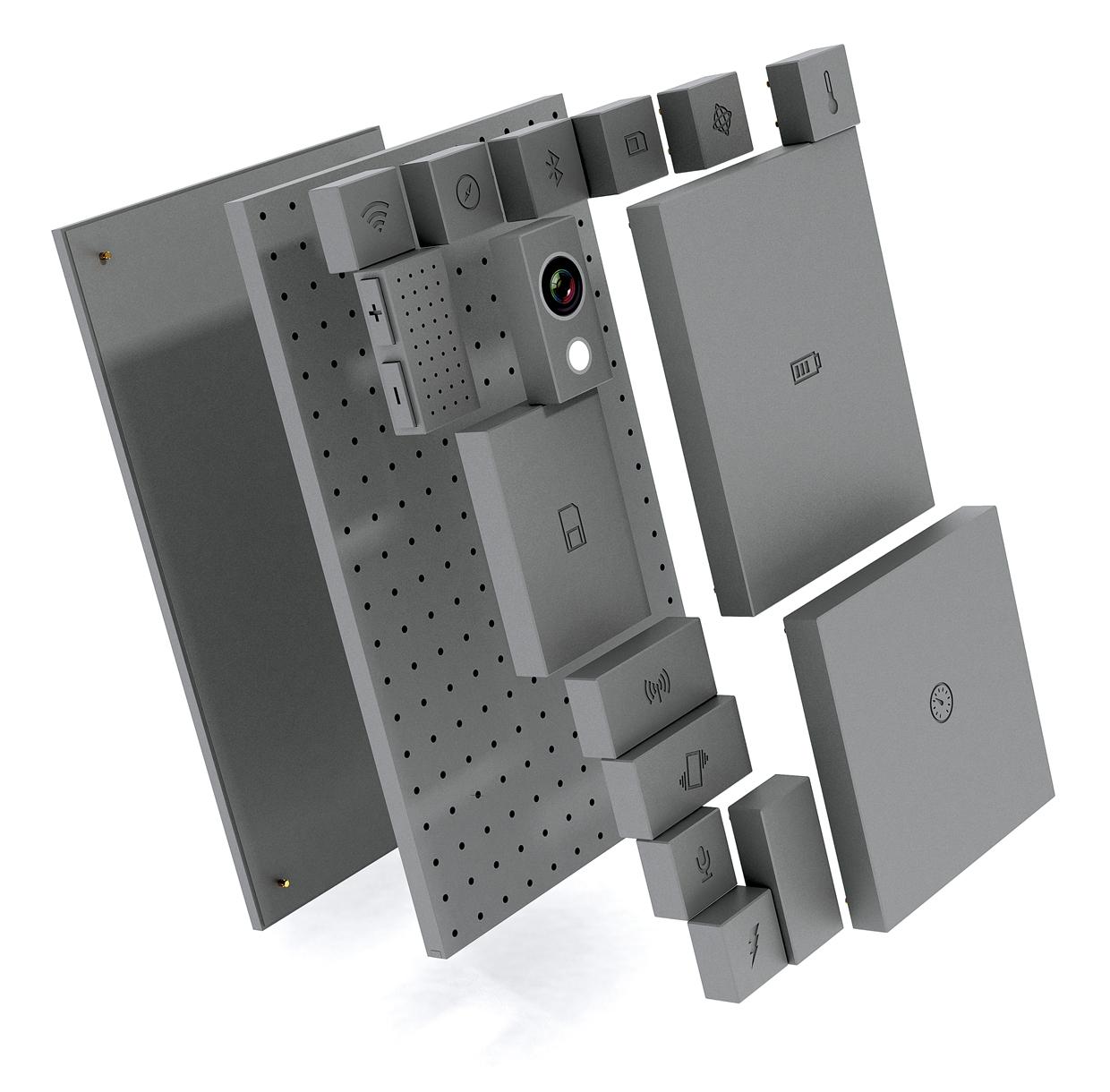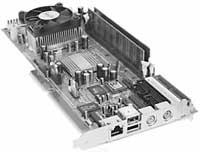Modular return
2014/02/01 Leturia Azkarate, Igor - Informatikaria eta ikertzaileaElhuyar Hizkuntza eta Teknologia Iturria: Elhuyar aldizkaria

The main advantage of desktop computers compared to other devices is, in my opinion, modularity. Except for some pre-assembled models of specific brands, the parts of desktop computers are usually separable. The motherboard, the microprocessor, memory, hard disk, graphics card, screen and many other components can be removed and replaced by compatible ones. This has many advantages, as is evident, that in case of breakage of one of the parts it is only necessary to replace it, that the device can be mounted fully adapted to our needs, that the device is improved when desired...
Disadvantages of being all at once
For years, however, desktop computers are not the only computers we have. Today, laptops, tablets and even mobile phones fulfill many of the functions that fulfilled the first tabletop. And in most of these devices many components are inseparably integrated. The screen, the keyboard, etc. can be distributed and replaced, but all mentioned components (and depending on the device, others like GPS, Bluetooth, WiFi, etc). They are soldiers in the plate itself. The main advantage of this system is that it allows to manufacture smaller devices. But neither are few the negative aspects.
From the user's point of view, we do not have the advantages mentioned in the desktop computers: although a small component is broken, we often need to purchase a new device; we cannot choose the one we want for each component, we must choose among the few combinations of the specific models of the manufacturers, and when we want to improve a part of the device we cannot do it.
It is also harmful to the environment. If we have to throw everything because a part is broken or because we want a better component buying a completely new device and throwing away the old complete, many more waste is generated. It also harms small businesses. With desktop computers, computer shops can help us choose the components that adapt to our needs, assemble them themselves or, in case of breakage, analyze them, order the spare part and make us the repair. In the other model, they have fewer functions…
New modular devices coming soon?
Aware of all this and trying to turn it around, in autumn 2013, the Phoneblocks community was born with the intention of working for the moment in the field of mobile phones. The aim of Phonebls is to make smartphones completely modular. It was created in autumn and as a first step a successful awareness and network campaign of collaborators/collaborators was carried out. They then spoke to several phone manufacturers and learned that Motorola, now owned by Google, was working with the same idea in order to make free modular phones in the Project Ara project. Thus, both work together now. But it is not just a question of making a modular phone, but of developing an open platform to make modular phones, so that then anyone can make the modules for that platform. And Motorola plans to create its own Ara phone on this platform using 3D printing.
And that is not the only initiative of modular phones. The Puzzle Phone initiative also aims to define an open standard of PPCS modular phones (Puzzle Phone Compatible Standard).
The idea has spread to other areas. For example, the company that manufactures PCs for video game fans Razer is thinking about making a modular PC. As we said before, the desktop PCs are modular, but the company Razer wants to take the modularity to another level. They want the modules to connect or disconnect easily without screwdrivers or without opening the computer. In this way, they want to make a product that would be for the finest video players, which depending on the game could include more memory, better graphics card or higher hard disk.
Although no one has yet released any specific device, it is clear that the modularity of new digital devices is a topic that has aroused the interest of many agents. If the current intentions advance and users respond well to these proposals, they may be at the threshold of the modular return of computing.

Gai honi buruzko eduki gehiago
Elhuyarrek garatutako teknologia





